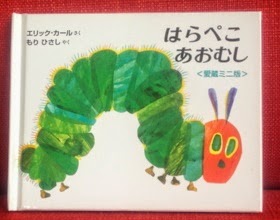As I was changing the sheets on my bed a week or so ago, I
was rather taken aback to realise I was muttering to myself as I did so:
‘Mother, make my bed
soon, for I’m weary wi’ hunting and fain wald lie down’
I guess it’s easy to see the connection between the task and
the poem, but what I had to consider was whereabouts in my memory that line
came from… A little thought reminded me that it was part of the English
Literature 1 course I undertook as part of my BA in Melbourne – our elderly
lecturer (the Professor at the time) did love the Anglo-Scottish ballads and
would read them aloud to us in his quavery voice (which became more quavery as
the emotion of the ballad took over, so much so that he’d have to wipe his eyes
and his nose on the edge of his academic gown... and then he’d clean the
blackboard with the edge of the same gown!).
So I had to go and find my copy of The Oxford Book of ballads and read ‘Lord Randal’ over again, which
led to another ballad, and another – the bedmaking did get done eventually
though!
But that led me to mull over the place of poetry in our
culture (and of course in other cultures). Children do love to hear poetry read
to them – it doesn’t matter if the vocabulary is not your everyday vocabulary,
or if the constructions are strange to our everyday ears. Who uses ‘fain’ in their
daily contact with others? But the word and others like it will stick in the
memory and be recognised the next time they’re seen or heard.
Nicola Bayley edited a delightfully illustrated poetry book,
The necessary cat, (Walker Books);
your cat-loving audience will revel in this, and it’s a great introduction to
various poets – Keats, Wordsworth, Butler Yeats, Belloc feature in it. The
poems were not written especially for children, but the subject matter ensures
that they will be enjoyed.
 Michael Rosen selected a well-illustrated set of poems which
was published as Classic poetry
(Walker Books again), and these are drawn from an even wider range of
well-known poets writing in English, and some not so well known – Shelley,
Byron, Rossetti, Frost, Sandburg, Wilcox.
Michael Rosen selected a well-illustrated set of poems which
was published as Classic poetry
(Walker Books again), and these are drawn from an even wider range of
well-known poets writing in English, and some not so well known – Shelley,
Byron, Rossetti, Frost, Sandburg, Wilcox. And then there are books of poetry written specifically for
children. Edward Blishen and Brian Wildsmith collaborated to produce the Oxford book of poetry for children, and
Neil The new Oxford book of children’s verse. And what about the tried and true Oxford book of children’s Verse (Iona and Peter Opie)?
And then there are books of poetry written specifically for
children. Edward Blishen and Brian Wildsmith collaborated to produce the Oxford book of poetry for children, and
Neil The new Oxford book of children’s verse. And what about the tried and true Oxford book of children’s Verse (Iona and Peter Opie)?Last but not least, how about Old Possum’s book of practical cats?
Have a look in your library and see what you can find next
time you need to calm a potentially noisy child or two – I am sure you (and
they) will enjoy a poetry reading.
Patsy Jones





































